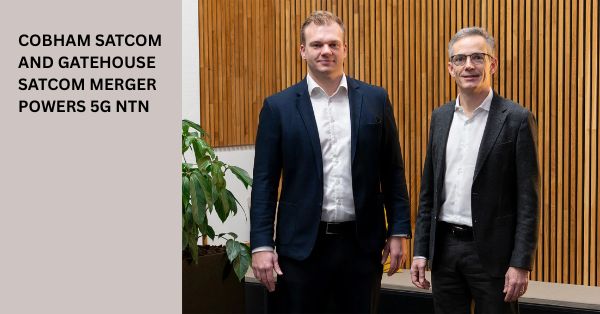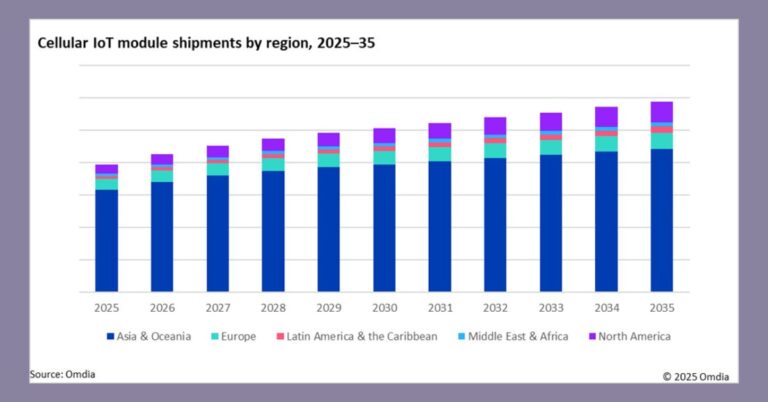Swift and reliable communication is crucial in emergency response. Frequentis, in collaboration with Drei Austria and Three Group Solutions, is leveraging a 5G private network to enhance the efficiency of control centers managing safety-critical situations. As the frequency of extreme weather conditions and major catastrophes increases, the pressure on first responders to react quickly has never been higher. The advent of advanced communication technologies like 5G and network slicing offers a promising solution to these challenges.
Challenges in Public Safety Communications
First responders, including air traffic management, police, fire brigades, and rescue services, require optimal connectivity for effective public safety operations. Traditional networks often fail under the stress of high traffic loads during emergencies, leading to communication breakdowns when they are needed the most. The increasing occurrence of extreme weather conditions and major catastrophes puts immense pressure on these services to react faster and more efficiently.
One significant challenge is ensuring data security and integrity in safety-critical applications. During emergencies, the reliability of communication systems is paramount, and any delay or failure can result in catastrophic consequences. Therefore, there is a pressing need for a robust, secure, and dedicated network that can handle the high demands of mission-critical services.
Implementing 5G for Mission-Critical Solutions
Drei Austria has implemented a bespoke 5G private network at Frequentis headquarters in Vienna. This network, with a dedicated 5G core, ensures data transmission remains stable regardless of the public network load. It combines indoor radio cells for indoor coverage and network slicing on Drei’s public 5G network for outdoor coverage. This setup guarantees the best possible coverage and connectivity for critical operations.
The 5G private network is designed to meet the specific needs of Frequentis, providing a controlled environment for developing and testing applications for safety-critical situations. This includes Mission Critical Services (MCX) that optimize operations and workflows, enhancing response times and efficiency in emergency situations.
Proving the Effectiveness of 5G Networks
Matthias Baldermann, Chief Technical Officer at Drei, emphasizes, “We are very pleased to provide Frequentis with a tailor-made 5G Private Network as a development environment. Our 5G standalone network’s unique capabilities, including secured capacities, minimum latency, and maximum data security, are crucial for safety-critical applications.” The successful implementation of this network at Frequentis headquarters is a testament to the capabilities of Drei’s technology and the potential of 5G in enhancing public safety communications.
Choosing the Right Technology for Public Safety
The 5G core network installed ensures that all data remains within Frequentis headquarters, adhering to the strictest data security standards. This secure environment is perfect for developing and testing Mission Critical Services (MCX), optimizing operations and workflows in emergency scenarios.
The network’s design includes dedicated slices that prioritize critical communications, ensuring that emergency services always have access to the network even during peak times. This is particularly important for applications like Mission Critical Push to Talk (MCPTT), which require immediate and reliable communication.
Key Benefits of 5G Network Slicing
The 5G private network provides several key advantages:
- Fast and Secure Real-Time Communication: Combining mission-critical push-to-talk (MCPTT) with 5G network slicing ensures robust and efficient communication, enhancing responsiveness.
- Ultra-Low Latency: Enables instant communication, critical for rapid response and life-saving actions.
- Prioritized Network Resources: Network slicing allocates dedicated resources for emergency services, ensuring smooth communication even during high network loads.
- Increased Bandwidth: Supports data-intensive applications like real-time video transmission, providing responders with visual information from the scene for informed decision-making.
These benefits significantly enhance the capabilities of emergency responders, allowing them to perform their duties more effectively and safely. The ability to transmit real-time video, for instance, provides invaluable situational awareness that can save lives and improve the outcome of critical situations.
Transformative Impact of 5G on Emergency Services
The collaboration between Drei Austria, Three Group Solutions, and Frequentis sets a benchmark for using 5G technology in public safety. This project showcases how 5G can transform emergency response services, making them more reliable and effective. By providing a secure, dedicated network for mission-critical communications, this partnership demonstrates the potential of 5G to revolutionize public safety infrastructure.
This initiative also highlights the importance of private networks in critical industries. The success of this project could serve as a model for other sectors, showing how private 5G networks can provide the reliability and security needed for mission-critical applications.
Frequentis’s Role in Advancing Safety Solutions
Frequentis plays a pivotal role in developing and deploying mission-critical communication solutions. Their use of the 5G campus network for testing and demonstration is a crucial step in advancing safety-critical applications within the MissionX framework. By leveraging the capabilities of 5G, Frequentis is able to validate the performance of their applications under operational conditions, ensuring they meet the highest standards of reliability and security.
Charlotte Rösener, Head of Mission Critical Services at Frequentis, noted, “The use of a 5G campus network with network slicing on the public 5G network for test platform is an important prerequisite for the further development of safety-critical applications within the framework of MissionX and gives us the opportunity to validate the behaviour of our applications under operational conditions. Thanks to this project, we now have the opportunity to carry out tests under specific network behaviour.”
Collaboration Between Drei Austria and Three Group Solutions
Drei Austria provides the technical backbone with their nationwide 5G standalone network, while Three Group Solutions brings expertise in integrating and leveraging these capabilities for practical applications. Together, they offer a flexible and robust solution tailored to the needs of Frequentis. This collaboration ensures that the network meets the specific requirements of safety-critical applications, providing a reliable platform for innovation and development.
Graham Wilde, Head of 5G Business Development at Three Group Solutions, adds, “Working closely with our colleagues at Drei, we have jointly put together a really flexible solution for Frequentis. We’re very proud to play our small part in helping Frequentis bring the next generation of first responder communications solutions to life.”
Current Status and Future Developments
The 5G private network at Frequentis headquarters is fully operational, serving as a development and testing ground for future innovations in emergency response. The ongoing collaboration aims to refine and expand these capabilities, with continuous improvements and updates anticipated in the coming months. This dynamic environment ensures that Frequentis remains at the forefront of technology, continually enhancing their mission-critical services.
Significance of 5G for Public Safety
This use of 5G private networks and network slicing is a significant advancement in public safety, providing the tools necessary for first responders to operate more effectively in critical situations. The collaboration between Drei Austria, Three Group Solutions, and Frequentis not only demonstrates the potential of 5G technology but also sets a new standard for mission-critical communication solutions.
By leveraging advanced 5G capabilities, Frequentis is poised to lead the way in providing reliable, secure, and efficient communication for emergency responders. This project exemplifies the transformative power of technology in enhancing public safety and improving the effectiveness of first responders.







































